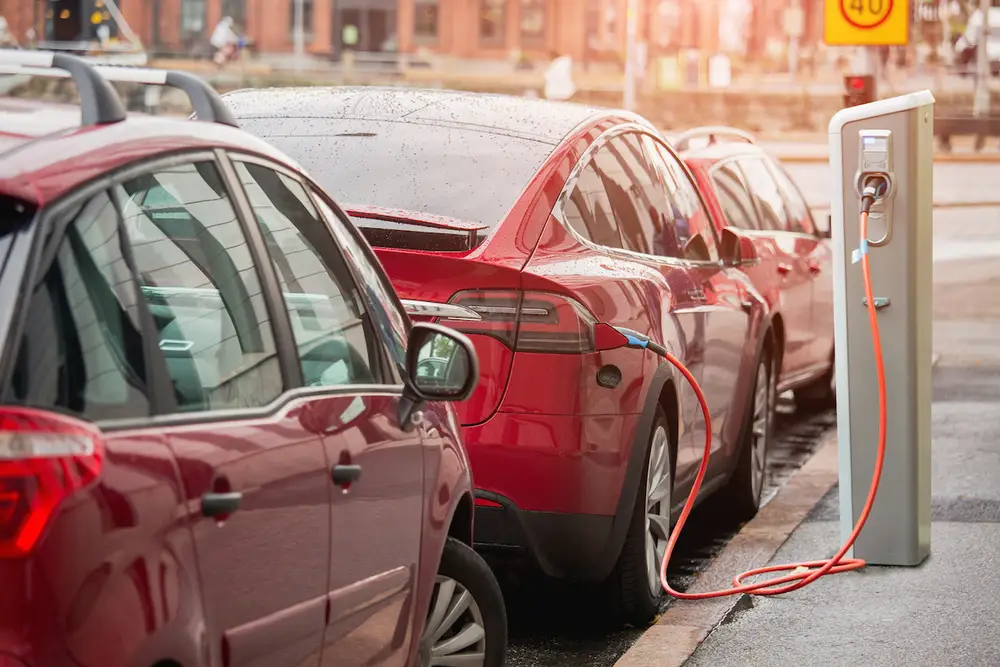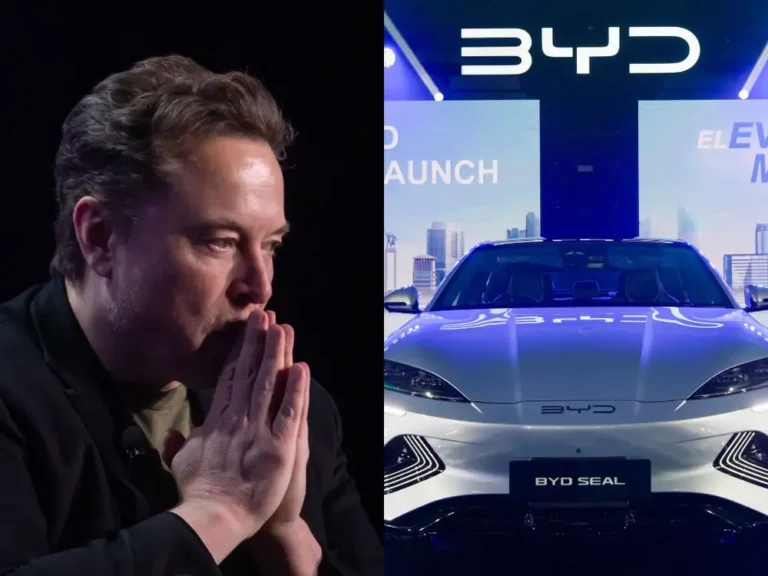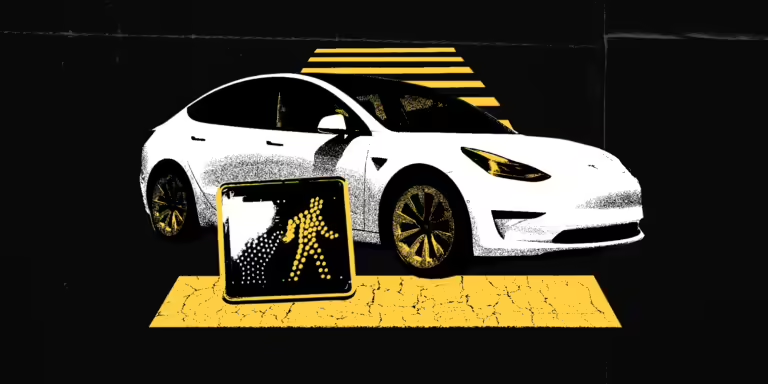It’s a great time to shop for a used EV

Electric car charging
Electric car shoppers on a budget may want to consider checking out the used lots.
An influx in new EV sales in recent years has dramatically increased the number of these cars hitting the used market. In addition to lower prices and more choices, that’s given the market some much-needed insights into how the technology in these cars will age — and how their pricing may stand up over longer periods of time.
In August, used electric vehicles priced under $30,000 accounted for nearly 60% of the available inventory on used lots, according to data from Recurrent, which tracks used EV prices. Two years ago, used EVs at that price only accounted for less than 20% of inventory, Recurrent found.
According to the used-car index Manheim, used battery-powered vehicles saw the biggest price decrease of any other powertrain on the used market last month, down 7.2% compared to a total industry decrease of only 3.9%.
These cars are also much younger than their gas-powered counterparts, with an average age of three years compared to an overall industry average of four years. They’re often cheaper, too.
Gently used cars have long been an affordable alternative for shoppers who cannot afford a brand-new vehicle, but this option hasn’t been afforded to EV shoppers for a long time. But in the early years of the EV transition, battery-powered cars weren’t on the road long enough to make their way to used lots, and resale values for those that did could be volatile.
That’s different today, according to Jessica Caldwell, executive director of insights for Edmunds.
“EVs are different than the rest of vehicles out there today in that they have such a good used market right now,” Caldwell recently told B-17. She pointed out that shoppers clamoring for a sub-$30,000 EV may just have to adjust to the idea of shopping used over new.
The EV affordability problem
Demand for electric cars has cooled after several years of exponential growth as a new group of more practical shoppers enters the market. Unlike the wealthy early adopters who drove early EV sales growth, today’s green-car shoppers are much more price-sensitive and less willing to change their daily lives to fit in an electric car.
This dramatic change in buyer base happened more quickly than car companies expected, leaving them with a mismatch between the EVs they’re selling and the average customer’s needs.
Companies and dealers are finding workarounds to make new EVs more affordable, lathering on leasing deals that help shoppers get more unfettered access to the $7,500 EV tax credit.
There is also a renewed push to bring an affordable EV to market. While Tesla CEO Elon Musk has pulled back from specifically targeting a sub-$30,000 EV, Tesla’s Model 3 now starts at $33,990, a price point that has pressured Tesla’s rivals to lower their EV prices and helped make electric cars more affordable.
For now, though, anything cheaper will be over on the used lot, Caldwell said.
“If you want a $30,000 EV you can buy it — it’s just going to be used,” Caldwell said.





